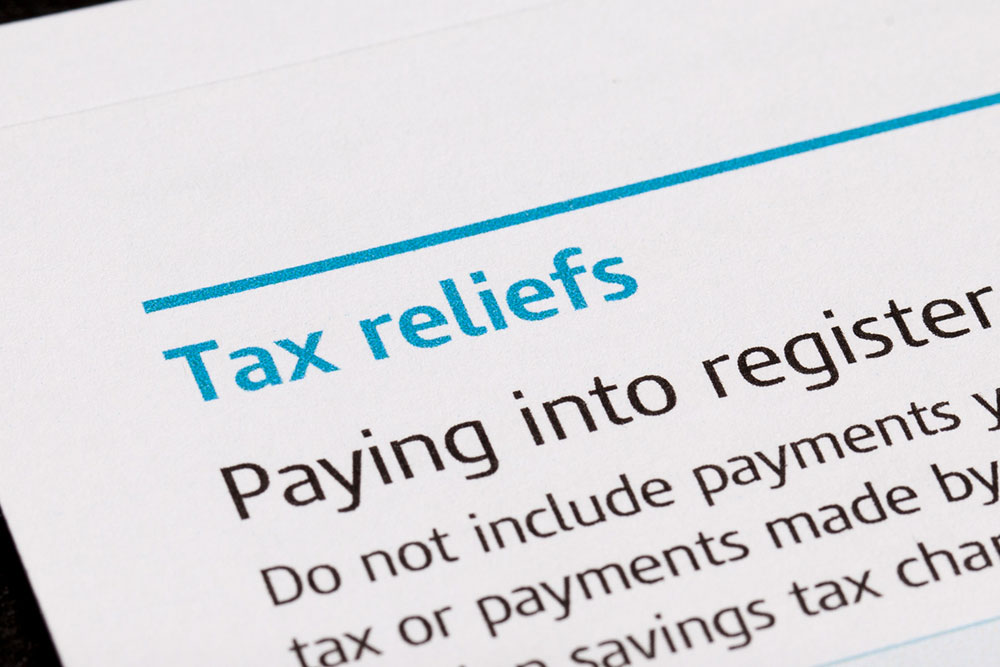Your Comprehensive Guide to Seamless Online Tax Filing in Six Simple Steps
This detailed guide provides a step-by-step approach to online tax filing, emphasizing document preparation, eligibility checks, choosing software, accurate form completion, and secure submission. It helps taxpayers navigate the digital tax landscape efficiently, ensuring accuracy and compliance. Designed for both beginners and experienced filers, the article highlights cost-effective options like IRS Free File, and offers practical tips to maximize refunds while reducing errors during electronic filing.

Your Comprehensive Guide to Seamless Online Tax Filing in Six Simple Steps
In today’s digital age, the majority of individuals prefer to handle their tax responsibilities electronically. The convenience, speed, and accessibility offered by online tax filing platforms have revolutionized the way taxpayers interact with tax authorities. Whether you're a seasoned filer or a first-time user, understanding the process and following a structured approach can make your online tax submission smooth and efficient. This detailed guide walks you through the six essential steps to successfully complete your online tax filing, helping you avoid common pitfalls and maximize your benefits.
Let’s delve into each step, ensuring you’re well-prepared to navigate the electronic filing landscape with confidence and ease.
Step 1: Gather All Necessary Documentation
The foundation of an accurate tax return is complete documentation. Prior to initiating your electronic filing process, compile all relevant financial records and supporting documents. These include your W-2 forms from employers, 1099 forms for freelance income or interest earned, receipts for charitable donations, proof of health insurance coverage, mortgage interest statements, and any other income statements. Proper organization of these documents is crucial to avoid mistakes or omissions that could lead to delays or audits.
Ensuring all your financial documentation is ready and correctly organized will save you time and reduce the risk of errors during the filing process. Create digital or physical copies as needed, and keep them in a secure, accessible location.
Step 2: Determine Your Tax Filing Category
Understanding your eligibility for various tax filing categories can significantly influence your choice of online filing options. If you qualify for free filing programs—such as being a military service member, a senior citizen, or having an adjusted gross income (AGI) below $60,000—you can access the IRS Free File Software. This program partners with several software providers to offer free federal tax filing services to eligible taxpayers. Verifying your eligibility beforehand ensures you select the most economical and appropriate filing method.
Additionally, some states offer their own free or discounted e-filing options, so check your state's tax authority website for details. Proper categorization helps streamline your filing process and can provide financial savings.
Step 3: Prepare Your Financial Data
Online tax filing can sometimes involve costs, especially if you opt for premium software or additional services. The typical expense for federal tax filing ranges from $20 to $80, depending on the complexity of your return and the software chosen. State tax returns often add another $30 to $50. To avoid surprises, research and select a reputable software provider that fits your needs and budget.
Many platforms offer free versions for simple returns, while more complex filings may require a paid plan. Always review the features included with each plan, such as audit support, deduction maximization, or live assistance.
Step 4: Carefully Complete Your Electronic Tax Forms
Utilize the IRS e-file platform or your chosen software to accurately fill out your tax forms. Pay close attention to entering your personal details, income figures, deductions, and credits. Double-check each entry for accuracy to prevent errors that could delay processing or trigger audits. Many software solutions offer built-in validation and error-checking tools to assist you.
Take your time to review each section thoroughly. If needed, consult the instructions provided within the software or official IRS guidance for clarity.
Step 5: Review and Calculate Your Tax Liability
Once your forms are completed, review your entire return carefully. Cross-verify your reported income, deductions, and credits against your original documents. Calculate your expected tax liability or refund, considering any applicable deductions such as charitable contributions, mortgage interest, student loan interest, and childcare expenses. Having documentation ready to substantiate these figures is essential.
In addition, ensure you include all dependents and claim eligible credits such as the Earned Income Tax Credit (EITC) or Child Tax Credit, which can reduce your tax bill significantly.
Step 6: Submit Your Tax Return Securely
After confirming everything is accurate, proceed to submit your return electronically through the IRS e-file system or your chosen software provider. Most online platforms employ encryption and security measures to protect your sensitive information. If you have dependents, such as children, be sure to claim them as dependents to potentially qualify for additional credits or deductions.
Upon successful submission, you will receive confirmation from the IRS. Keep digital copies of your filed return and confirmation receipt for your records. If you are expecting a refund, you can choose direct deposit for faster processing.
Recommended Tax Software for E-Filing: For taxpayers with an AGI of up to $60,000, IRS Free File software is highly recommended as it offers a cost-effective, reliable solution. Popular options like TurboTax, H&R Block, and TaxSlayer are authorized by the IRS and provide user-friendly interfaces, step-by-step guidance, and secure data transmission. Always verify that the software is IRS-approved to ensure your personal data remains protected and your return is processed legally.
Filing taxes electronically has never been easier, provided you follow these comprehensive steps. Proper preparation, selecting the right software, and meticulous review will help you complete your online tax filing smoothly and confidently, reducing errors and ensuring compliance with government regulations.
Stay informed about updates to tax laws and electronic filing procedures to make future filings even more straightforward. Remember, timely and accurate tax submission not only keeps you compliant but can also maximize your refunds and minimize your liabilities.





